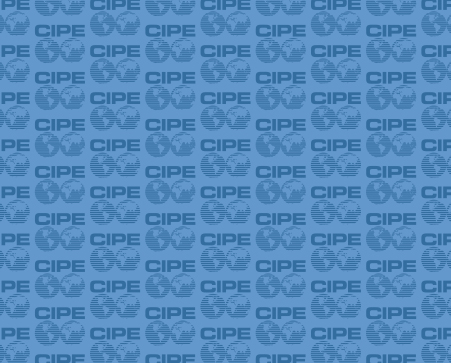
“Social media has no reins. I believe soon deprived people will learn how to express their feelings effectively through social media” – Shabbir H Kazmi, Senior Business Journalist
According to the Reporters Without Borders Press Freedom Index, Pakistan stands at 159th position among 179 countries. After independence from British India in 1947, media in Pakistan was fully controlled by the government. Successive dictatorships and also democratic governments used censorship and other means to gag media in the country.
In 2002, after the formation of the Pakistan Electronic Media Regulatory Authority, broadcast media flourished, with large numbers of FM radio stations and TV channels starting to operate throughout the country.
In the past five years of democratic government, the media has become more liberal and vibrant. However, A 2012 report by the Human Rights Commission of Pakistan expressed the rising incidences of violence against the news media.
According to a report by Committee to Protect Journalists:
Threats to journalists in Pakistan were no longer confined to traditionally violent areas such as the border region, the Federally Administered Tribal Areas, or Baluchistan. Reporters in Islamabad, Peshawar, Quetta, Karachi, and Lahore faced persistent threats.
With the emergence of social media and online news channels, the means of debate in Pakistan have changed again. Over the past few years, Facebook, Twitter, and YouTube have taken lead as source of sharing news and insights.
Having said this, Pakistan has a history of blocking access to social media sites due to the posting of blasphemous material. In 2010 and 2012, social media sites were blocked. On both instances, efforts from civil society forced government to restore access to social media, though, the ban on YouTube continues. Recently, in a Lahore High Court hearing for the petition to lift the ban on YouTube, Pakistan’s Deputy Attorney General accepted that there was no agreement between Pakistan and the Google (which owns YouTube) under which the government could censor controversial material. However, the ban on YouTube continues!
Additionally, in the name of regulation, the Pakistan Telecommunication Authority also continues to censor and block websites in the country and plans to install software to more stringently control and filter online content for Pakistani market. In addition to filtering pornography and other objectionable material, these technologies can easily be used to block political content as well
Under these circumstances, it has become challenging to share news that might be considered damaging for the government. CIPE has been working with journalists to share ideas about stories that could be published on online newspapers and blogs. In this regard, CIPE developed a workshop to build the capacity of journalists to use social media effectively, including by blogging. Through these training programs, so far CIPE has trained more than 200 journalists and bloggers. Some of them have started their own blogs and are now present of social media also.
“Online media can justifiably be called an extended arm of journalism. It affords an opportunity to journalists to amplify their voices and opinions and provides a far greater outreach that extends beyond their existing constituency of readership/audience/listenership. In most parts of the world, it is also a ‘freer’ media as it is not subject to State or corporate control and influence.” – Afia Salam, Senior Journalist and Trainer
Hammad Siddiqui is Deputy Country Director of CIPE Pakistan.
Published Date: May 06, 2013